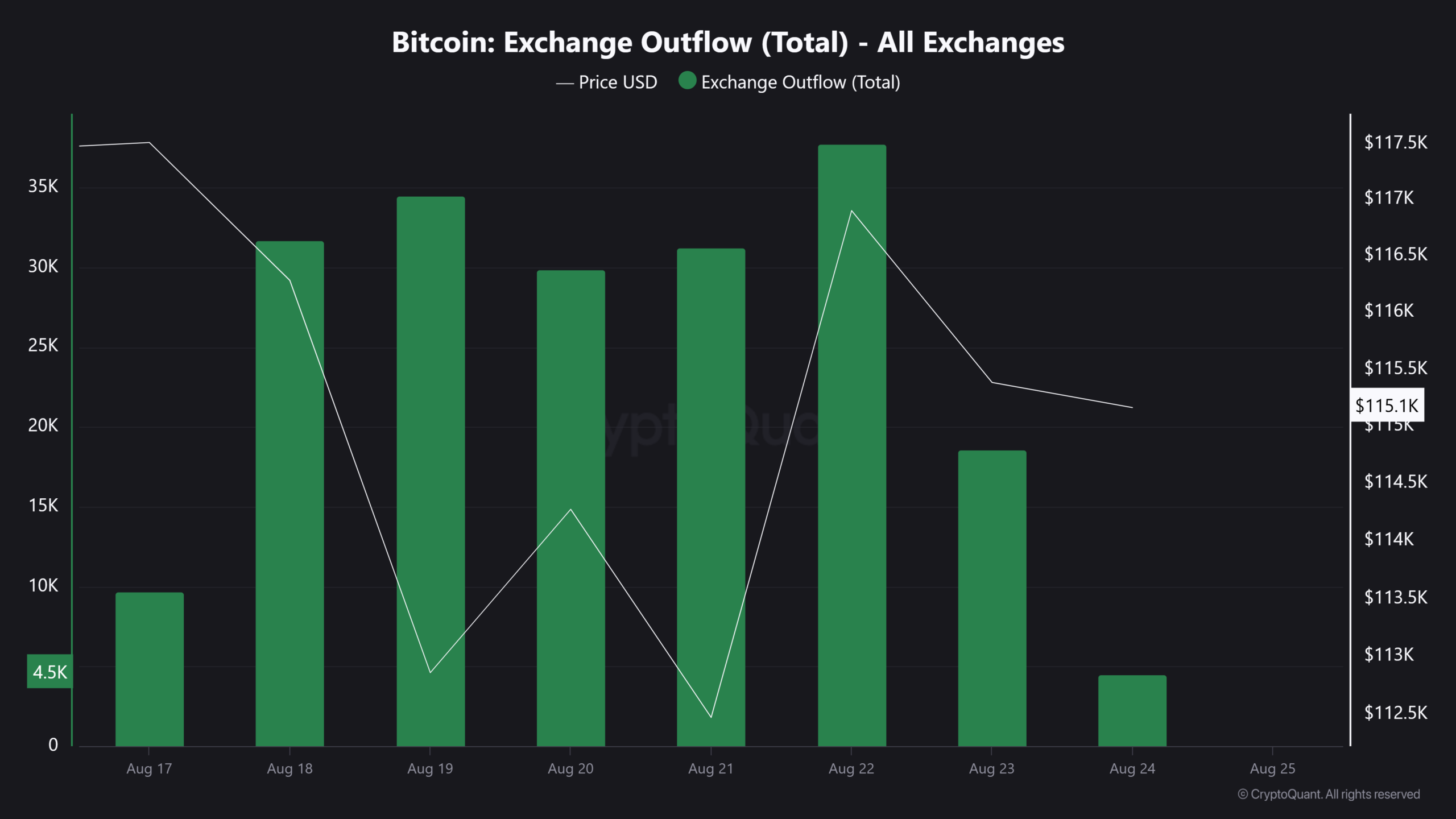Bitcoin transaction fees have fallen to decade-low levels, with the 14-day average sliding to roughly 3.5 BTC, signaling weaker demand for block space while investors rotate capital into altcoins. This drop points to lower on-chain activity even as exchange outflows suggest some long-term holders remain confident.
-
Bitcoin fees hit lowest 14-day average (~3.5 BTC) since 2011.
-
Surge in active sending addresses indicates portfolio rebalancing toward altcoins.
-
Exchange outflows rose, suggesting a mix of self-custody moves and altcoin allocation (source: CryptoQuant, COINOTAG).
Bitcoin transaction fees drop to decade lows; on-chain activity falls while investors rotate to altcoins. Read concise analysis and next-step signals now.
How have Bitcoin transaction fees changed recently?
Bitcoin transaction fees have fallen sharply: the 14-day average for daily fees has dropped to about 3.5 BTC, a level unseen since late 2011. This decline indicates materially lower demand for block space and a reduction in fee-driven congestion.
The fall in fees aligns with subdued mempool pressure and fewer high-fee priority transactions over recent weeks.
Why are active sending addresses spiking and what does it mean?
Active sending addresses jumped over the past 48 hours, per CryptoQuant and COINOTAG reporting. Spikes in sending activity commonly reflect wallet-to-wallet movement for rebalancing or position shifts.
When active sends rise alongside falling fees, the pattern suggests holders are moving coins out of cold wallets to take positions elsewhere — often into altcoins — rather than creating sustained on-chain demand that lifts fees.


Source: CryptoQuant (data referenced as plain text)
What do rising exchange outflows indicate?
Exchange outflows increased materially over the past week, per on-chain data from CryptoQuant. Higher outflows are often interpreted as a bullish sign when funds move to self-custody, reducing available sell-side liquidity on exchanges.
However, outflows can also precede allocation to other markets. Combined with higher active sending addresses, the current pattern could imply funds are being moved off exchanges to pursue altcoin exposure rather than exclusively to cold storage.


Source: CryptoQuant (data referenced as plain text)
What could this mean for Bitcoin’s near-term outlook?
The combined signals point to a market in transition: falling fees show weaker transaction demand, while address activity and outflows reveal capital rotation and retained long-term confidence. In the near term, expect elevated altcoin performance alongside muted BTC fee pressure.
Traders should monitor mempool behavior, fee rates, exchange balances and active address metrics to distinguish between cold-storage accumulation and short-term allocation to altcoins.
Frequently Asked Questions
How low are Bitcoin fees compared to historical levels?
Bitcoin’s 14-day average fees are around 3.5 BTC, a level not seen since late 2011. This represents a substantial decline in on-chain fee revenue and implies much lower short-term demand for priority transaction inclusion.
Are investors moving Bitcoin to altcoins?
Yes. The spike in active sending addresses and concurrent altcoin gains suggest investors are reallocating some BTC into altcoins. Data referenced from CryptoQuant and COINOTAG supports this interpretation without implying exact flows.
Key Takeaways
- Fees dropped to decade lows: 14-day average near ~3.5 BTC, showing reduced demand for block space.
- Active sends rose: Spikes in sending addresses indicate rebalancing and potential rotation into altcoins.
- Exchange outflows increased: Outflows could reflect both cold-storage accumulation and transfers for altcoin exposure; monitor balances and mempool metrics.
Conclusion
On-chain metrics show Bitcoin transaction fees at decade-low levels while active sending addresses and exchange outflows point to portfolio reshaping. Bitcoin retains long-term conviction among some holders, but short-term momentum has shifted toward altcoins. Monitor fee rates, mempool size and exchange balances for the next directional signals.
